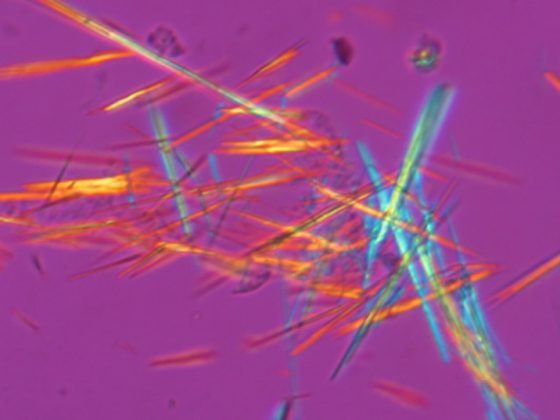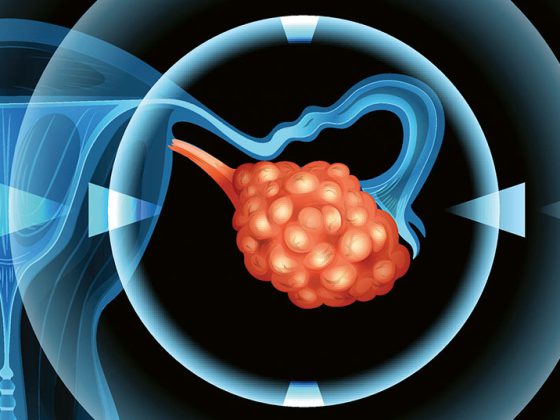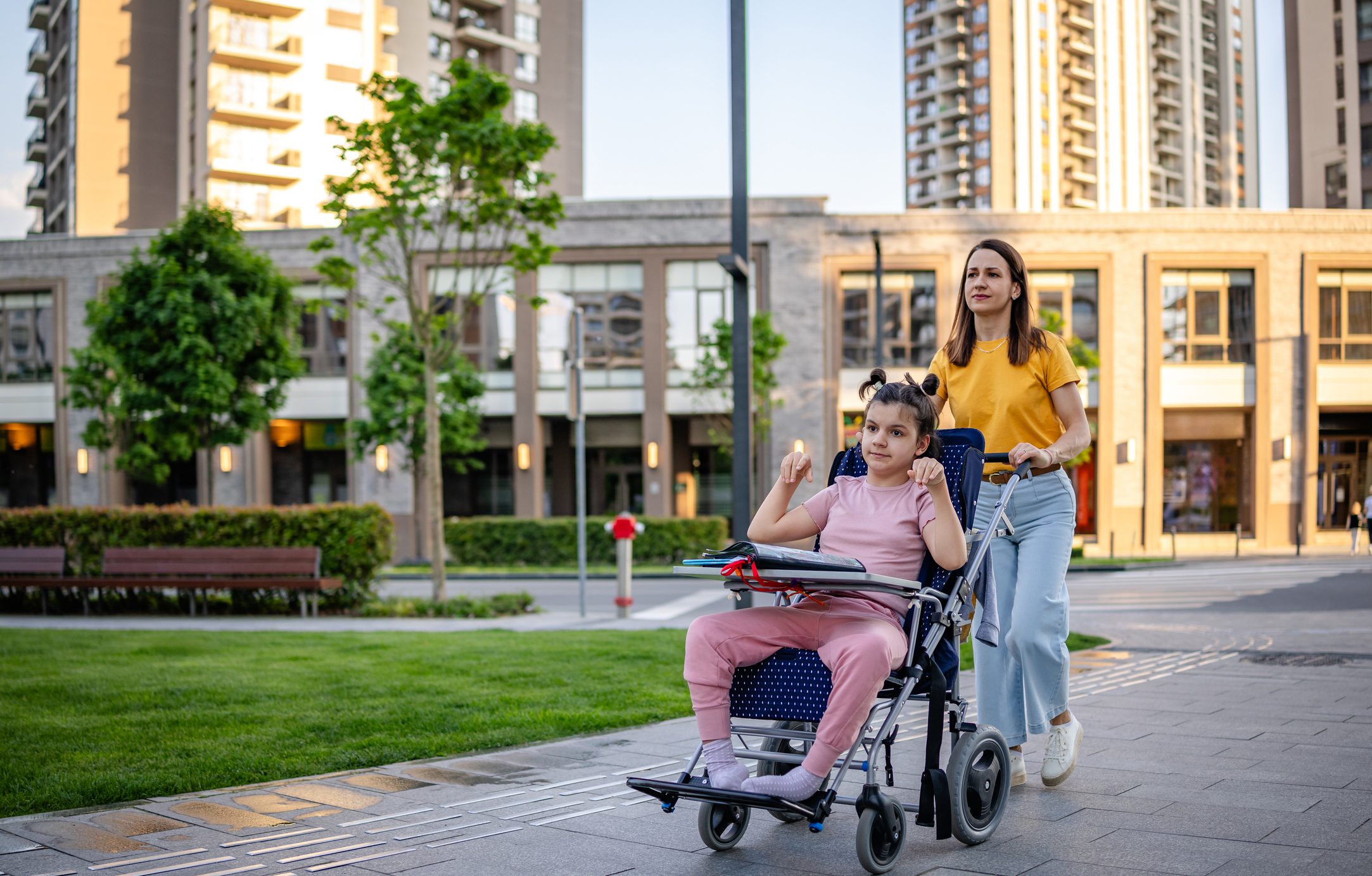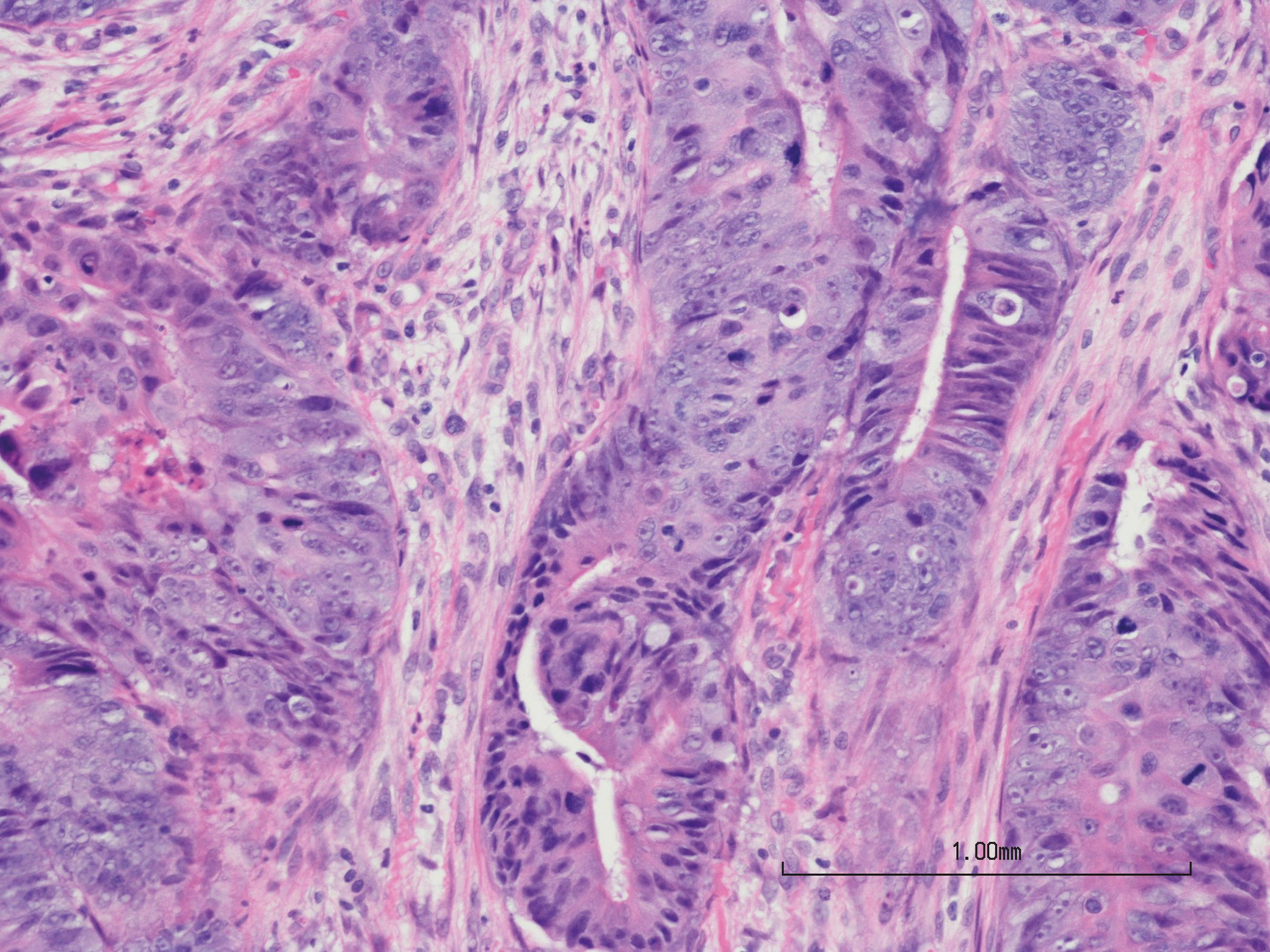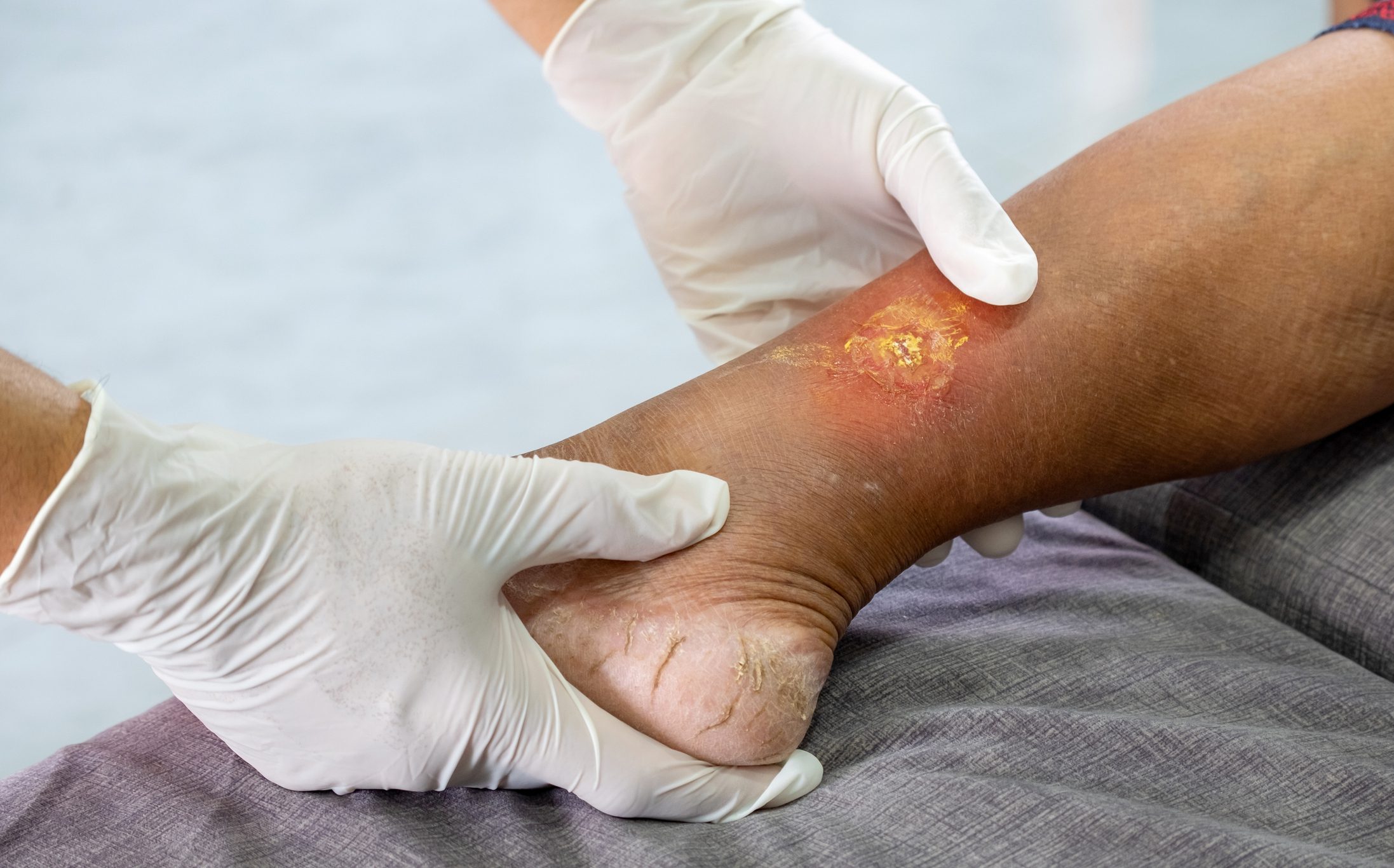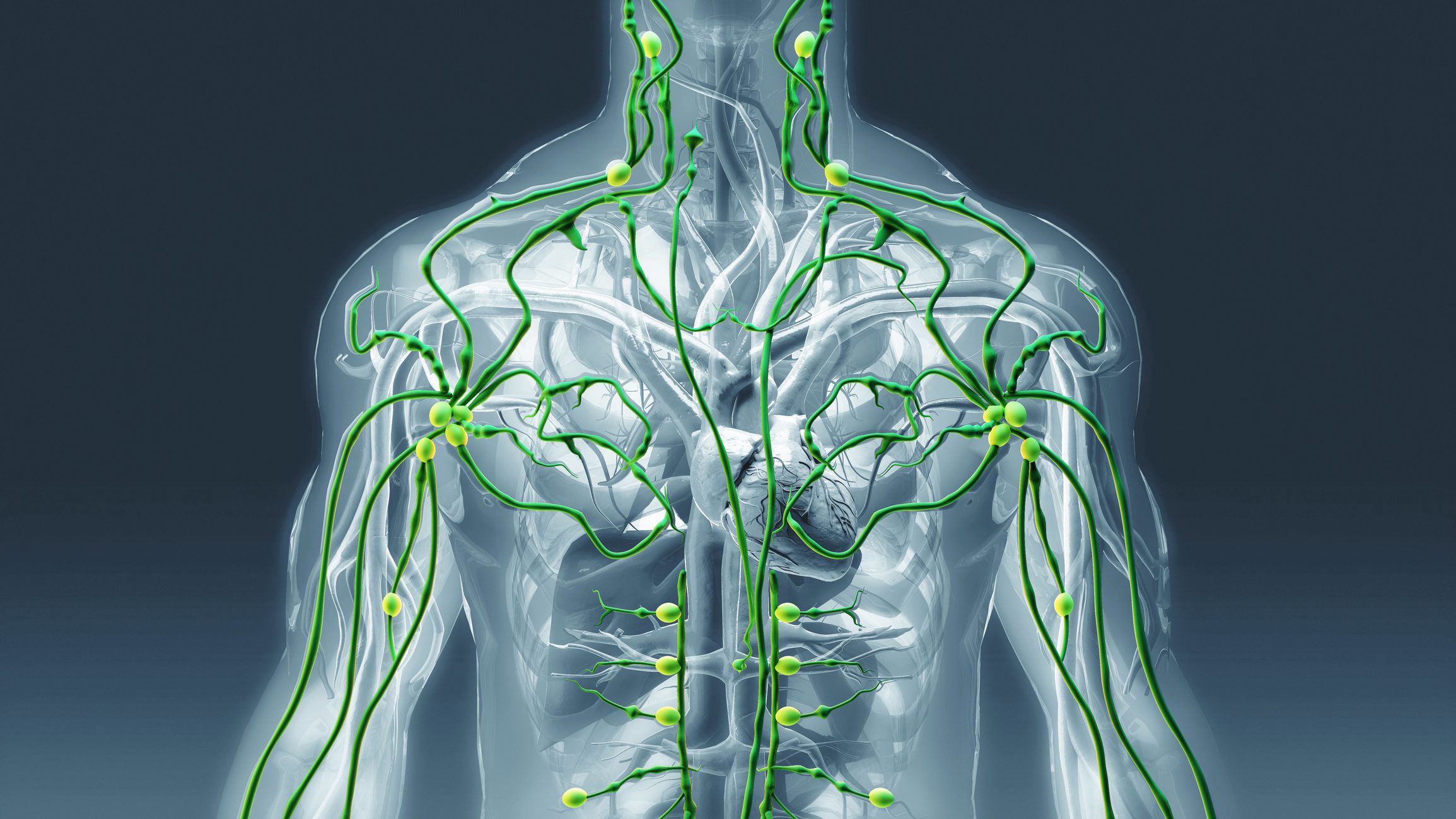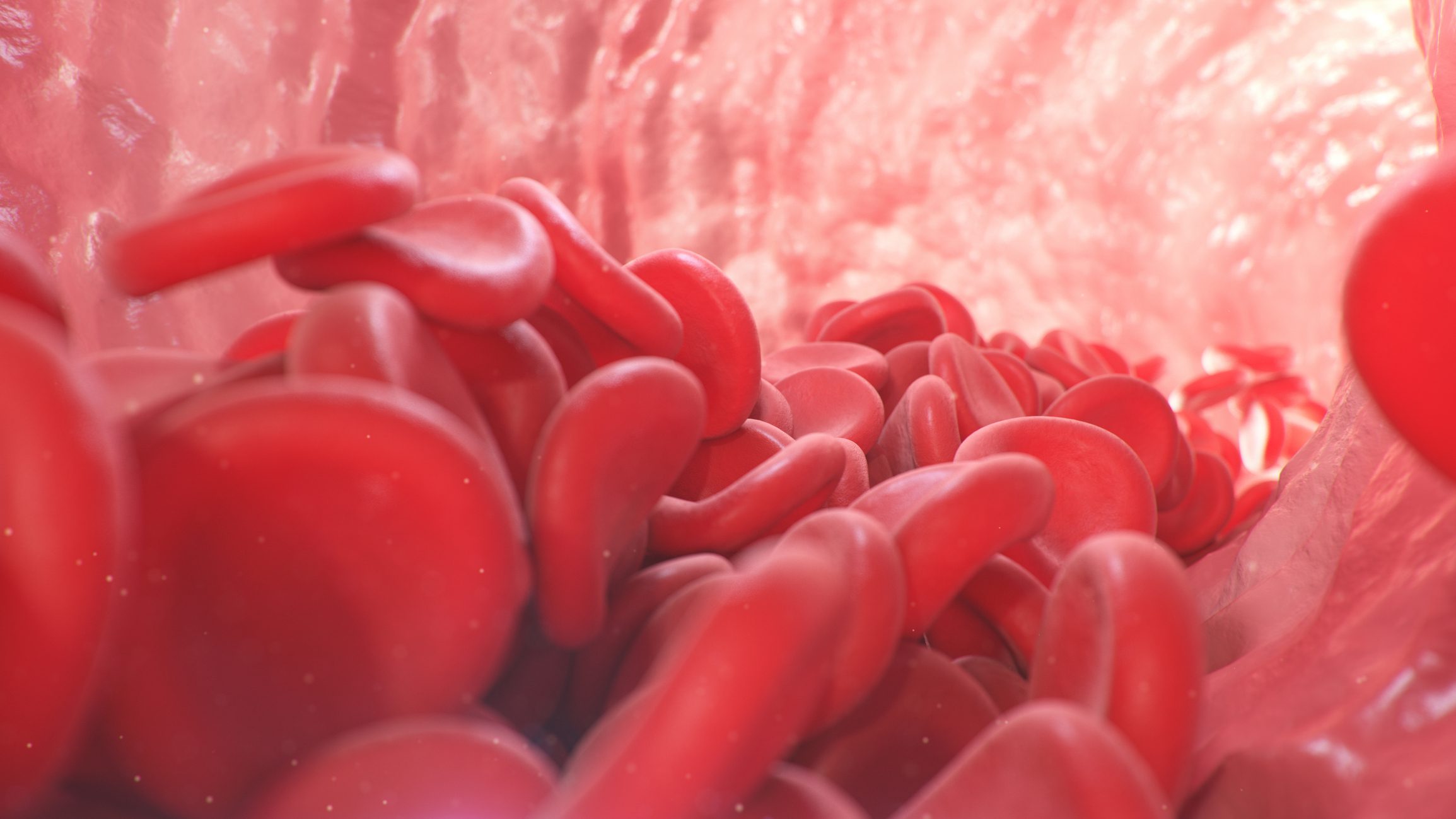A 73-year-old female patient who has had type 2 diabetes mellitus for 10 years is unhappy with her weight and needs improved glycemic control. However, macronutrient malnutrition combined with advanced renal insufficiency complicate diabetes management.
Background
A 73-year-old female patient presented to the bariatric center because she had gained weight and felt unwell since then. A former smoker, she had already suffered from type 2 diabetes mellitus for over 10 years and experienced a strained relationship with nutrition as part of an active eating disorder. She was frustrated to have gained weight since menopause despite her best efforts.
Anamnesis and diagnostics
The physical examination revealed a weight of 79.6 kg with a height of 158 cm, which corresponds to a BMI of 32 kg/m² and thus to grade I obesity. The patient avoids starchy foods and does not eat proper meals to lose weight. However, she does not move enough – only less than 4000 steps per day.
In addition to type 2 diabetes mellitus, the patient suffered from arterial hypertension, dyslipidemia, and peripheral polyneuropathy. On examination, systolic and diastolic blood pressure were slightly elevated with a value of 138/78 mmHg. The heart rate was 73/min. Echocardiography was never performed, so no values regarding left ventricular ejection fraction were available. The HbA1c value was 8.2% and the LDL value was 1.8 mmol/L according to laboratory tests. The feet were unremarkable and showed no deformity. Foot pulse was positive bilaterally and vibratory sensation was 1/4 left-sided as well as 2/4 right-sided.
Furthermore, the patient already had stage 3b renal failure. Serum creatinine was 158 µmol/L and creatinine clearance was 40 ml/min. The albumin-creatinine quotient was 280 mg/mmol. There was no elevated serum albumin level.
Therapy
The patient was already receiving sitagliptin (Januvia®, 50 mg), metformin (500 mg, 2 x daily), and insulin glargine (Lantus®, 28 UI) for the treatment of type 2 diabetes mellitus. Hypertension was treated with irbesartan/hydrochlorothiazide (300 mg/25 mg) and dyslipidemia with rosuvastatin (5 mg). Furthermore, she received duloxetine (120 mg).
To stabilize the patient’s weight and improve her nutritional situation, she was offered to consult a nutritionist. However, the patient refused this. In addition, the patient could not be motivated to move more.
Furthermore, she was advised to change the medication treatment. Thus, she received the GLP-1 receptor agonist semaglutide (1 mg/s, increasing doses) instead of the DPP-4 inhibitor sitagliptin to promote weight loss and normalize blood glucose. This resulted in moderate to severe protein-energy malnutrition and occasional vomiting with mild deterioration of renal function. Treatment was then discontinued and replaced by canagliflozin (Invokana®, 100 mg, 1 x daily). Therapy with insulin glargine was titrated depending on fasting blood glucose.
Present situation
After six months, HbA1c had decreased to 7.1% and LDL was stable at 1.8 mmol/L. The weight was 74.3 kg, which corresponds to a loss of about 5 kg. The patient expressed satisfaction with the weight loss and normalization of her blood glucose levels. Genitourinary infections during canagliflozin treatment did not occur.
|
Author: Chrysoula Papastathi, MD, with editorial assistance from Dr. rer. nat. Christin Döring, IACULIS GmbH. Copyright and responsibility for the content of the patient case rests exclusively with the author.
| Do you also have an interesting diabetes case?
Then join us and submit a patient case! Our editorial team looks forward to receiving your e-mail at diabetescases@medizinonline.ch |




